
Tech & Sci
13:12, 04-Nov-2018
Hyper-realistic anatomical paintings reveal the inner workings of our bodies
Updated
13:07, 07-Nov-2018
CGTN
03:25
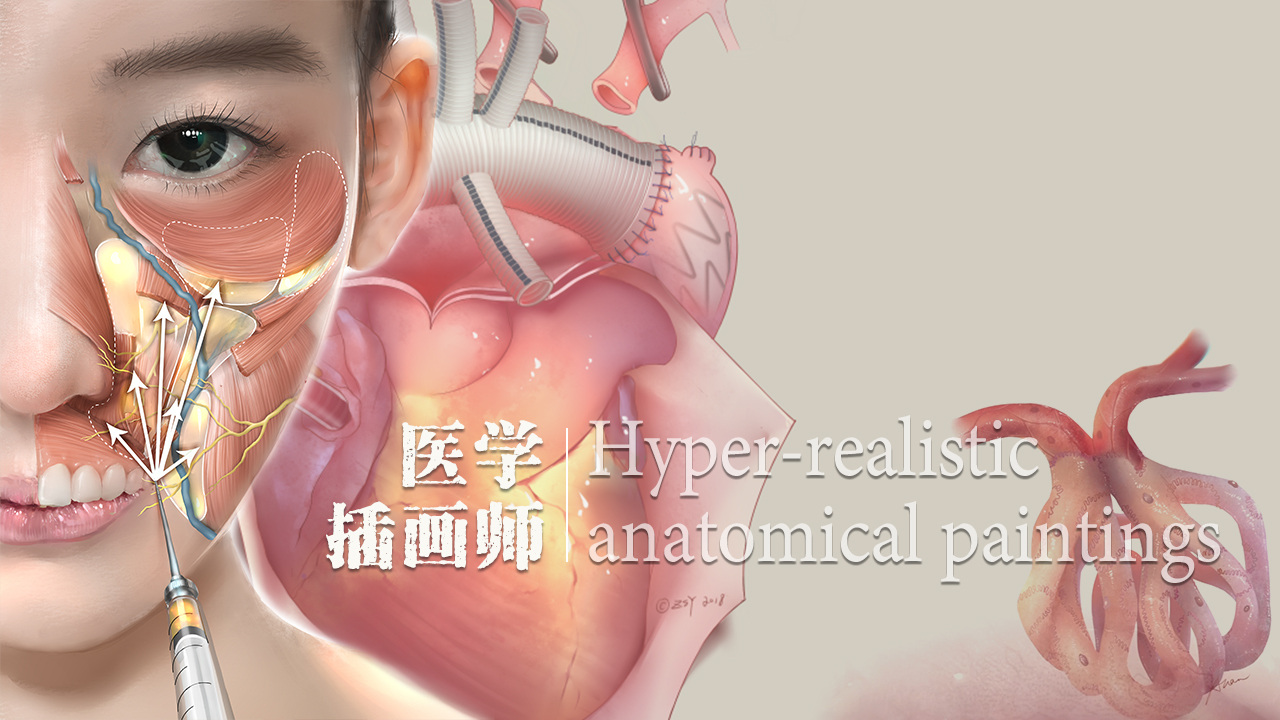
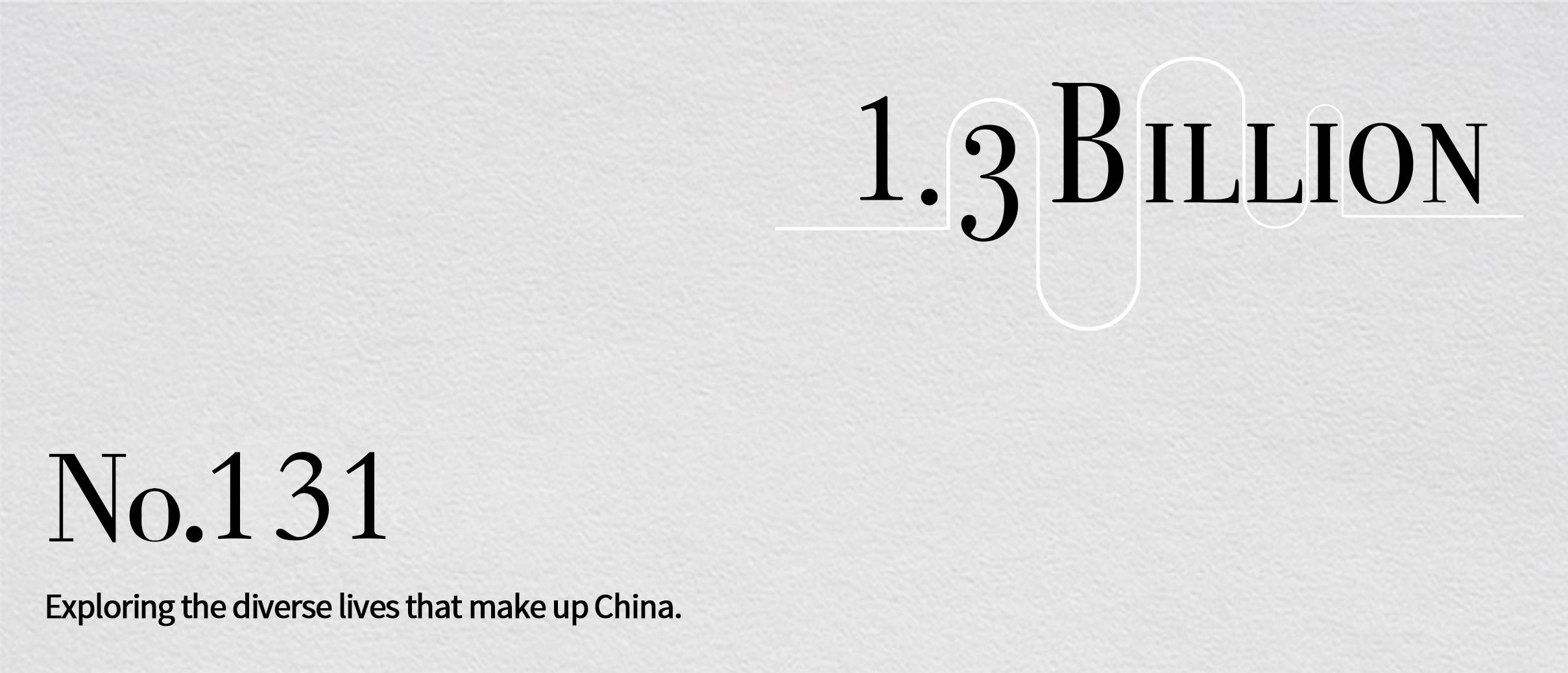
CGTN
CGTN
Gastrointestinal surgeon Zhou Shuyang became an online celebrity for his medical illustrations thanks to the super-realistic heart he drew in February last year.

A realistic painting of a heart /Photo courtesy of Zhou Shuyang
A realistic painting of a heart /Photo courtesy of Zhou Shuyang
Zhou loved painting before studying to become a doctor. However, the medical illustration thing is a total "byproduct."
"Back in graduate school, a senior school mate had improved a surgical method and was looking for some illustrator to help him explain it in pictures. As he couldn't find the perfect pictures to go with his original concepts, I went to the bookstores for the published illustrations, only to get more confused by their uneven qualities in the domestic market. So I decided to try it myself," he said.
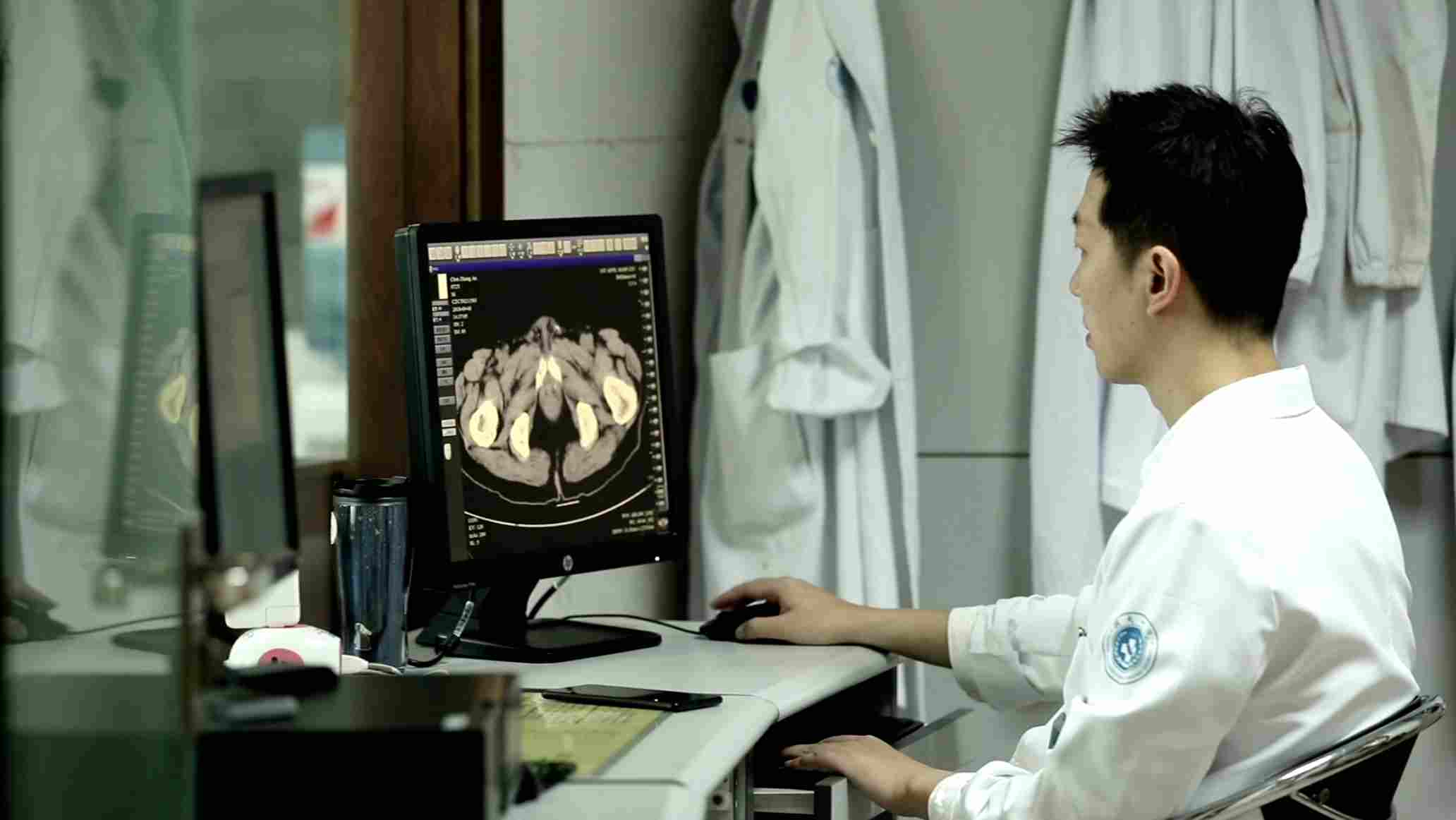
Zhou Shuyang at work in hospital /by CGTN
Zhou Shuyang at work in hospital /by CGTN
Unexpectedly, his superb graphic illustrations impressed netizens, and the detailed depictions of the human organs and surgical methods were generally applauded by his medical peers.
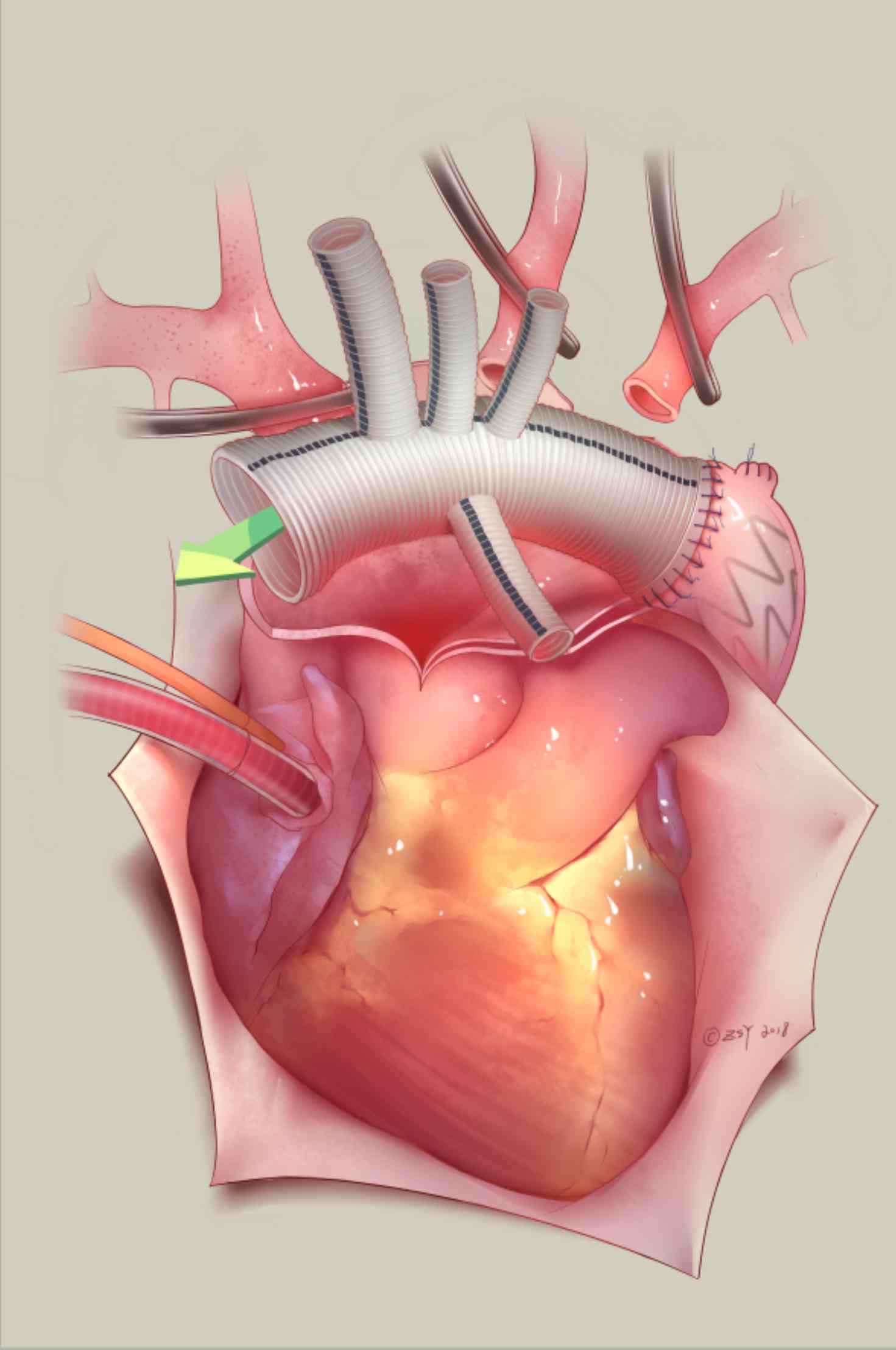
Photo courtesy of Zhou Shuyang
Photo courtesy of Zhou Shuyang
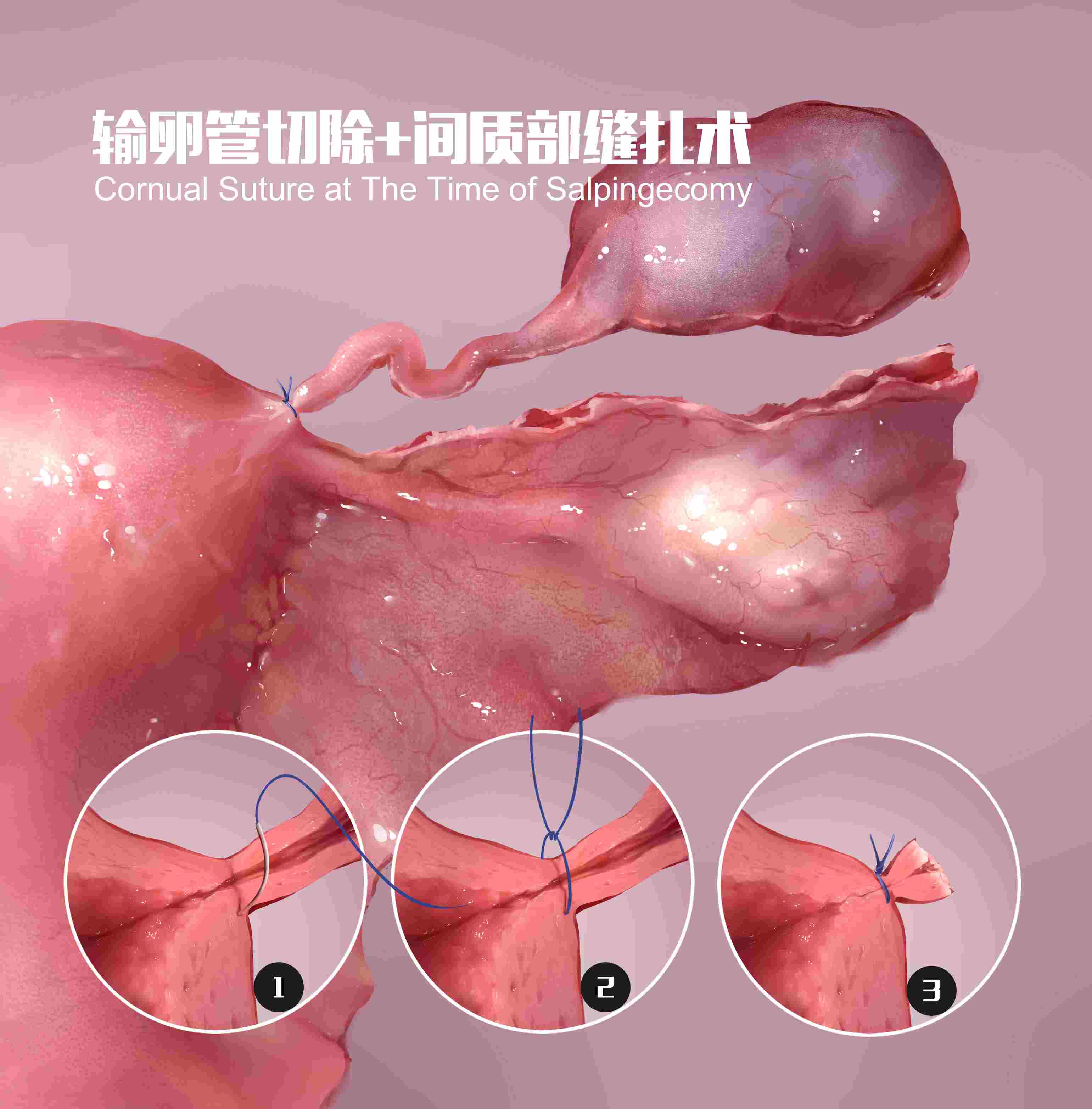
Photo courtesy of Zhou Shuyang
Photo courtesy of Zhou Shuyang
As a kind of applied art, medical illustration should be scientifically accurate. It is popular internationally, but most illustrators in the field don't have a medical background. "Many of them take the specimens for references and make modifications on their own. So the pictures can look very different from the real tissues and organs clinically," Zhou explained.
For instance, for his first operation as a medical student, he couldn't identify the organs in the book. "As a clinical doctor, I can see, touch and feel the real organs every day. I'm capable of showing their features as real as possible to those medical students and young doctors."
The continuous research and practice make Zhou's artworks not only realistic, but also beautiful and lifelike, as he adds his own aesthetic flourishes. The pork belly he drew was so real that it confused his three cats.
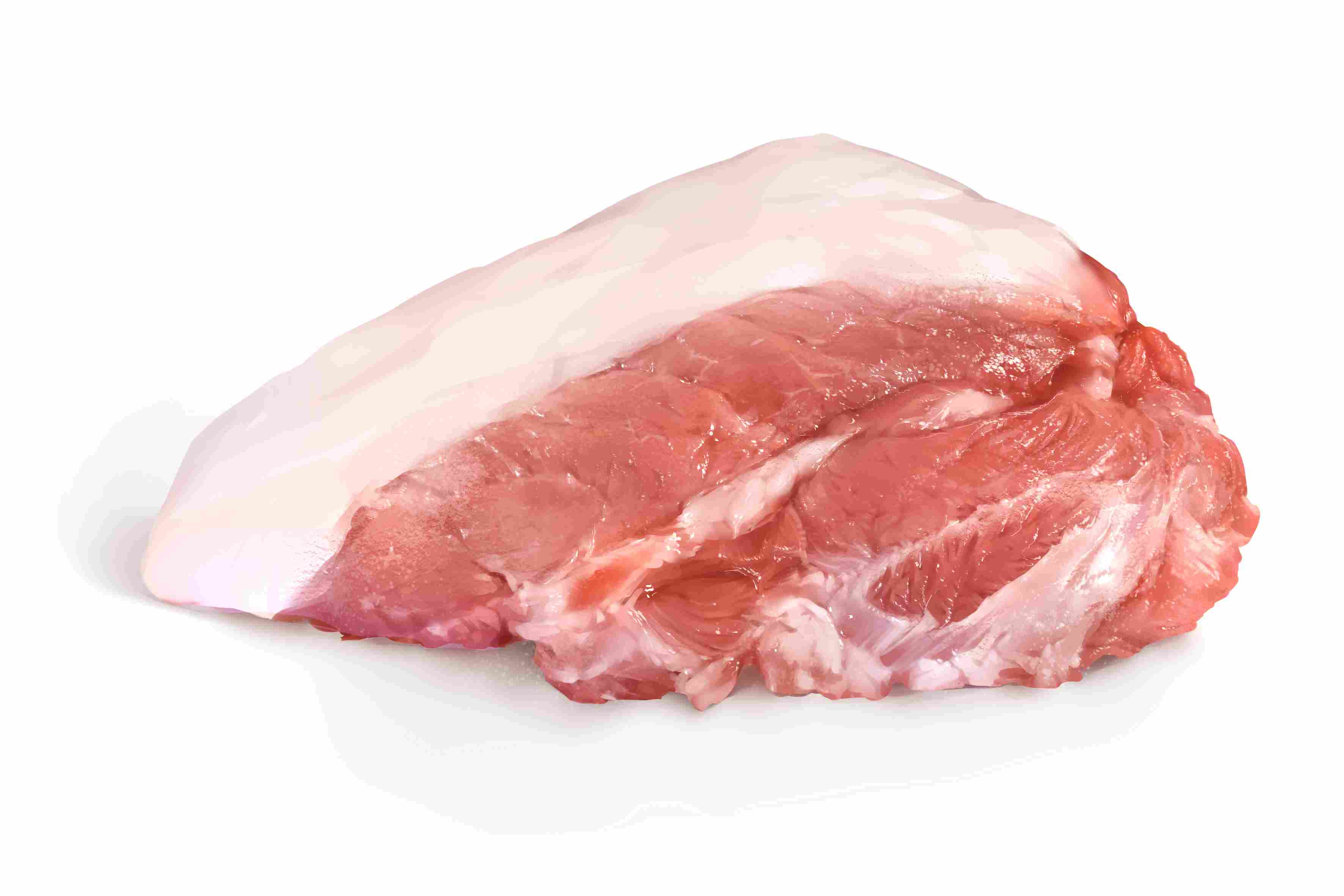
Photo courtesy of Zhou Shuyang
Photo courtesy of Zhou Shuyang
That being said, do we really need realistic illustrations, when we already have such advanced photographic technologies? "Realistic as they are, the illustrations are used to explain things, so we usually clear out the unnecessary elements, such as blood and connective tissues," explained Zhou. "Moreover, your vision during an operation is very limited. The pictures could only show parts of the organ, while the illustrations must reveal the whole thing. Sometimes, you have to draw the inner structures."
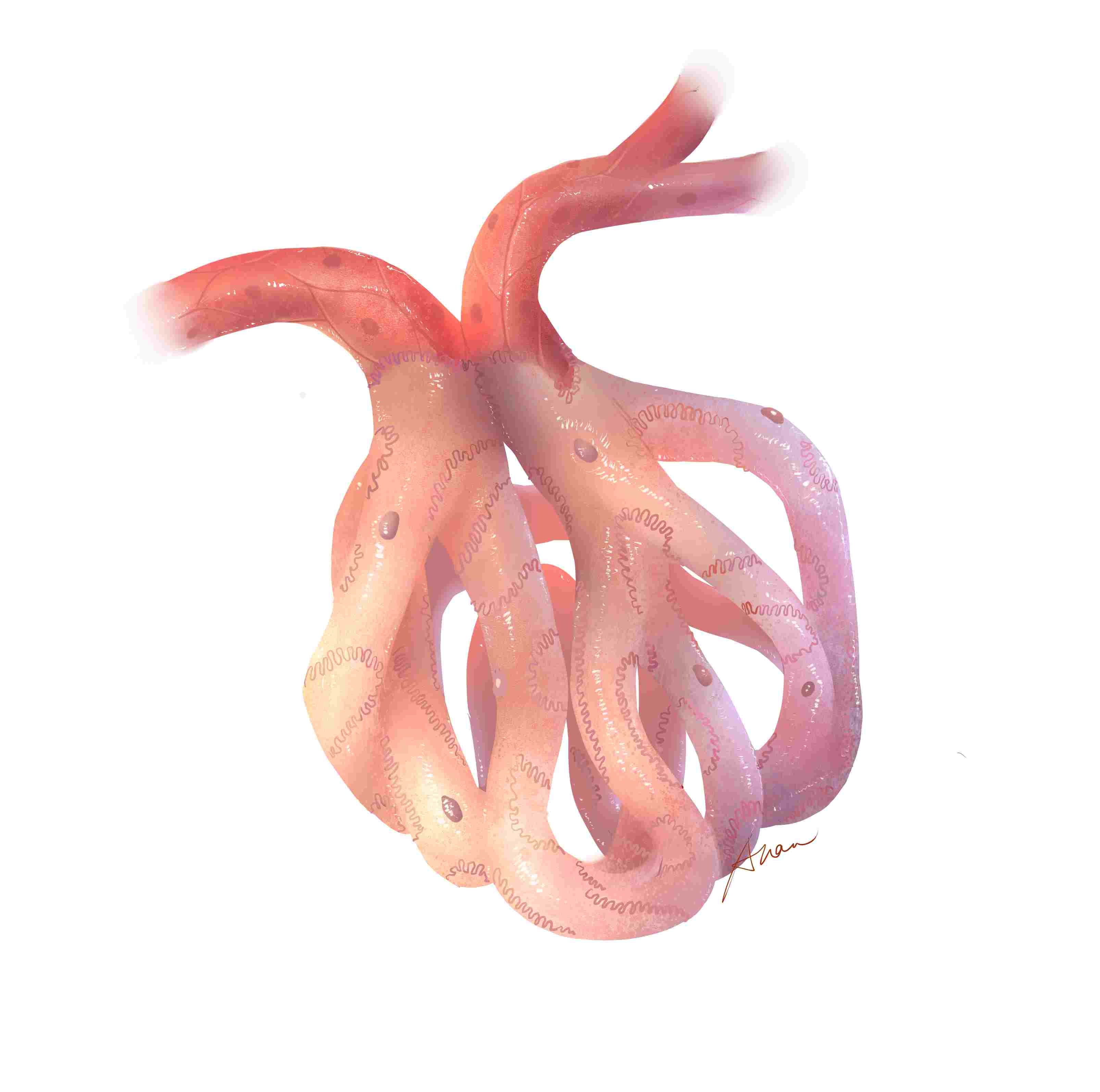
Photo courtesy of Zhou Shuyang
Photo courtesy of Zhou Shuyang
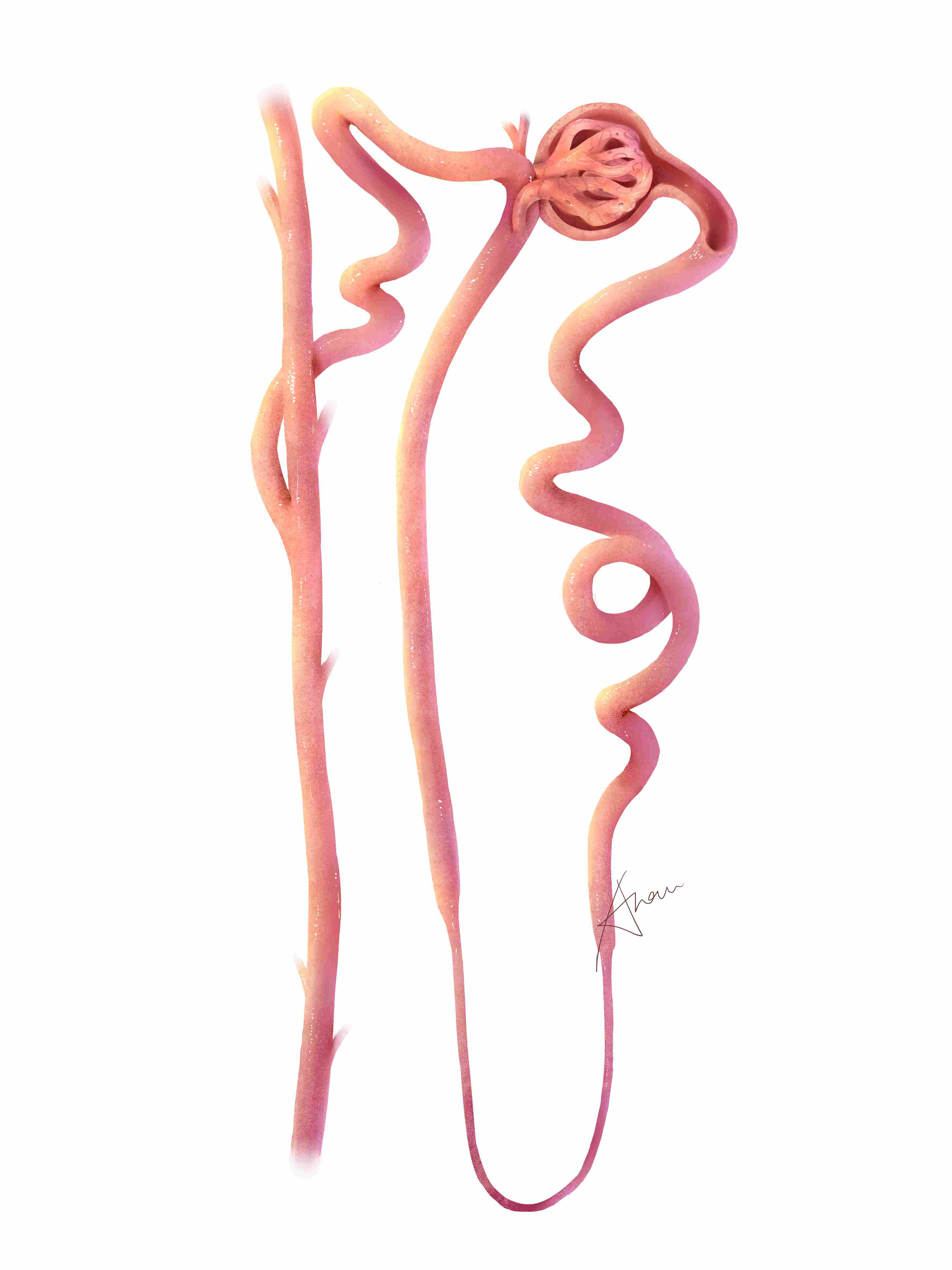
Photo courtesy of Zhou Shuyang
Photo courtesy of Zhou Shuyang
Zhou hopes that his illustrations can help medical students as well as help popularize science, so that more people can learn medical knowledge in a visual and vivid way. "The medical illustration is more like a responsibility to me," he said. Perhaps, his artworks can truly help improve the communication between doctors and patients.
Director: Liu Yangyang
Editors: Ma Mingyuan, Gao Xingzi
Filmed by Zhang Hao
Designer: Qu Bo
Text by Zhu Siqi
Copy Editors: Nadim Diab, Henry Weimin
Producer: Wen Yaru
Chief Editors: Wang Dongmei, Zhao Jianfu
Supervisor: Pang Xinhua
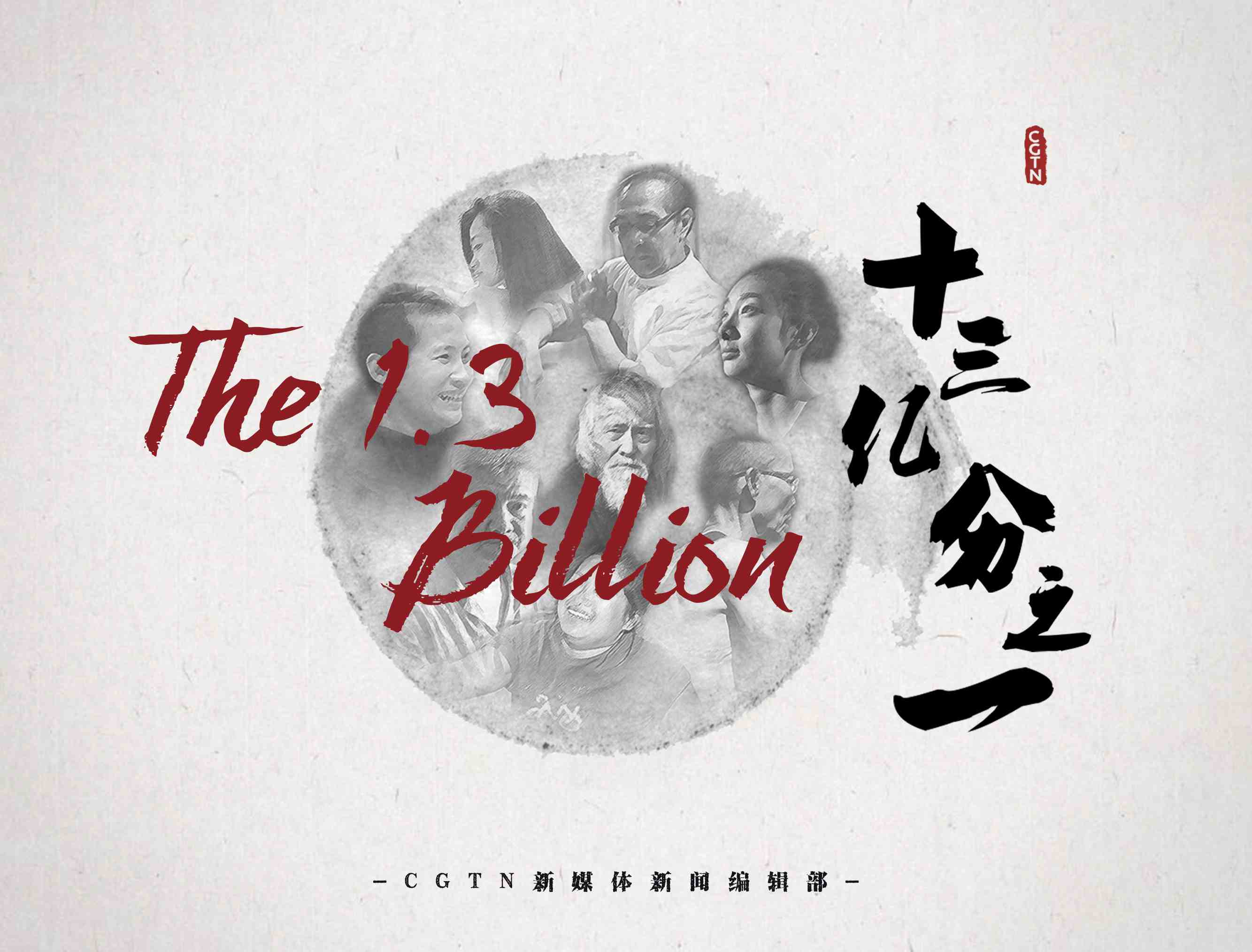
The story is one in The 1.3 Billion series exploring the diverse lives that make up China.
The story is one in The 1.3 Billion series exploring the diverse lives that make up China.

SITEMAP
Copyright © 2018 CGTN. Beijing ICP prepared NO.16065310-3
Copyright © 2018 CGTN. Beijing ICP prepared NO.16065310-3